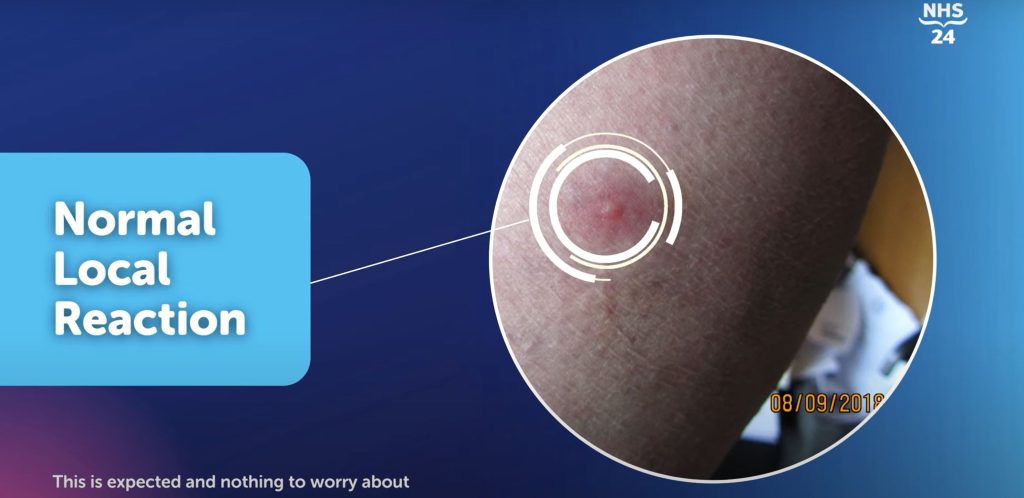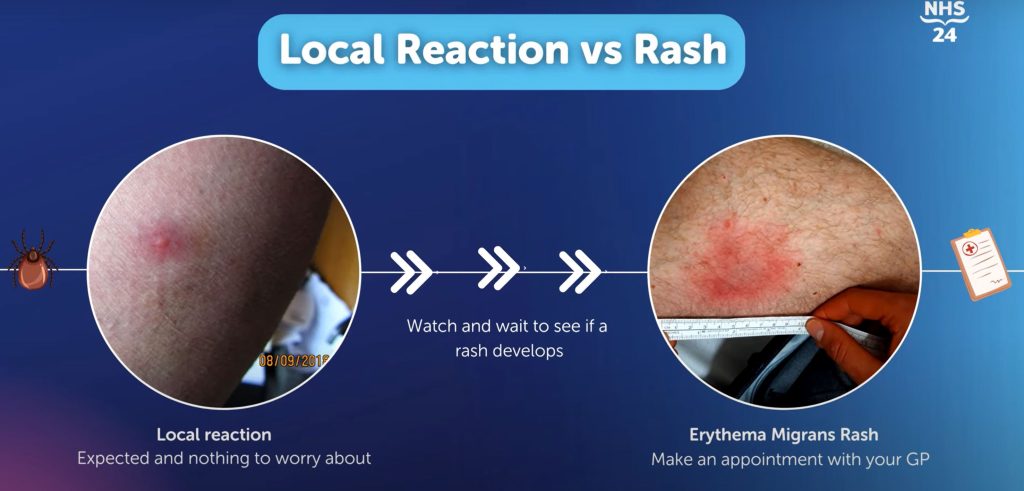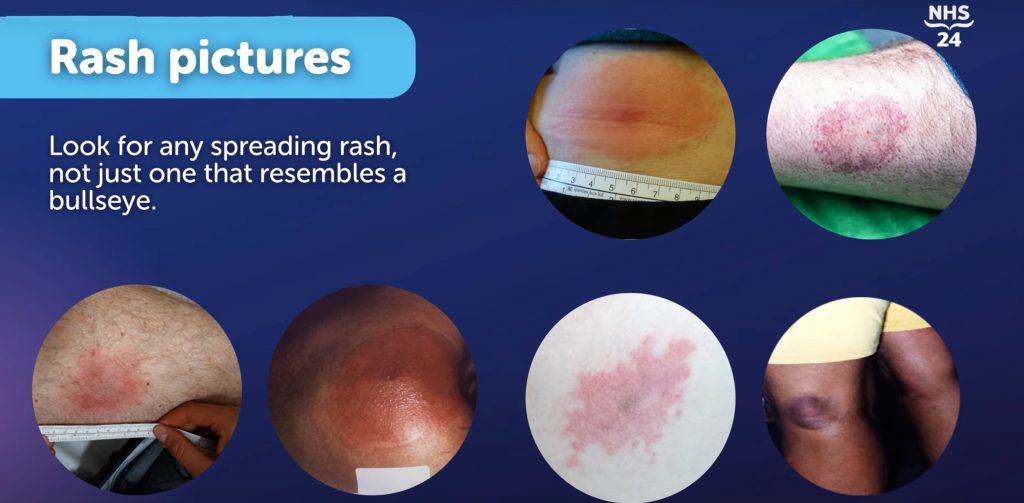What is a tick?
Ticks are small, spider-like creatures. They feed on the blood of birds and mammals, including humans.
Ticks vary in size and are usually between 1mm to 1cm long. They have either 6 or 8 legs.
Where ticks are found
Ticks feed from a variety of mammals and birds, including squirrels, deer, sheep and garden birds. This means they’re usually found in areas with these animals, like:
- woodland
- moorland
- grassy areas
- gardens
- parks
Ticks don’t fly or jump but climb on to animals or humans as they brush past.
When is tick season?
Tick season is usually between March and October but it may last longer. This is because wet weather and warmer temperatures make ticks active for longer in the year.
You should be aware of ticks all year round. This is because some symptoms of a tick bite, including inflammation, can take 2 to 3 months to develop.
Symptoms of tick bites
Tick bites aren’t usually painful but they may cause a red lump to develop where you were bitten.
In some cases, tick bites may cause:
- swelling
- itchiness
- blistering
- bruising
Local reaction

Local reaction vs rash

Tick bite rash

Tick bites self-help guide
Complete our self-help guide to check your symptoms and find out what to do next.
Preventing tick bites
Do
- keep to footpaths and avoid long grass when out walking
- wear appropriate clothing (a long-sleeved shirt and trousers tucked into your socks)
- wear light-coloured fabrics that may help you spot a tick on your clothes
- use insect repellent on exposed skin
- check your skin for ticks
- check your children’s skin for ticks, especially the head and neck areas, including their scalp
- make sure ticks are not brought home on your clothes
- check that pets do not bring ticks into your home in their fur
How to remove ticks
If you’ve been bitten by a tick, it will attach to your skin. You should try to remove it as soon as possible. This helps to reduce the risk of getting a tick-borne infection, like Lyme disease. This is a bacterial infection that causes a pink or red circular rash to develop around the area of the bite.
You should:
- Use a tick removal device or fine-toothed tweezers to gently grip the tick as close to the skin as possible.
- Pull steadily away from the skin without crushing the tick.
- Wash your skin with water and soap afterwards.
- Apply an antiseptic cream to the skin around the bite.
Many pharmacies and outdoor stores sell tick removal devices. These are useful if you often spend time in areas where there are ticks.
If the tick’s mouthparts break off in the skin and can not be removed, this may cause irritation. But, they should fall out naturally in time.
Lyme disease is only transmitted from the mouth of a tick directly to the bloodstream of its host. This means you don’t need to disinfect clothing that has a tick on it.
You should remove any ticks from yourself or your clothing before washing.
You can remove a tick from your clothing or any other fabric (like a carpet or bedding) using tweezers. You could then tightly wrap the tick in tape and put it in an outside bin.
Don’t
- do not use a cigarette end, match head, alcohol or petroleum jelly on a tick
What to do after a tick bite
Once you’ve removed a tick, monitor the area where you were bitten. You do not need to speak to your GP if you’ve been bitten and have no symptoms.
A small number of ticks carry the bacteria that can cause Lyme disease. Being bitten doesn’t mean you’ll definitely be infected. But, it’s important to be aware of the risk and speak to a GP if you start to feel unwell.
Speak to your GP practice:
If you’ve been in an area where you could have been bitten by a tick and you have:
- a pink or red rash
- a temperature of 38°C (100.4°F) or above
- other flu-like symptoms, like a headache or joint pain
- swollen lymph node
